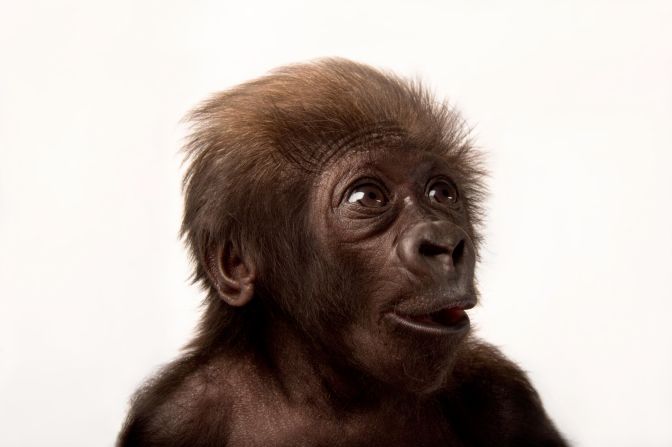
Joel Sartore has photographed 13,000 species in the 16 years since he founded the National Geographic Photo Ark. He plans to keep going to 20,000, in order to document all the species in captivity across the planet. Pictured here is a six-week-old female western lowland gorilla, which is critically endangered, at the Cincinnati Zoo in Ohio.
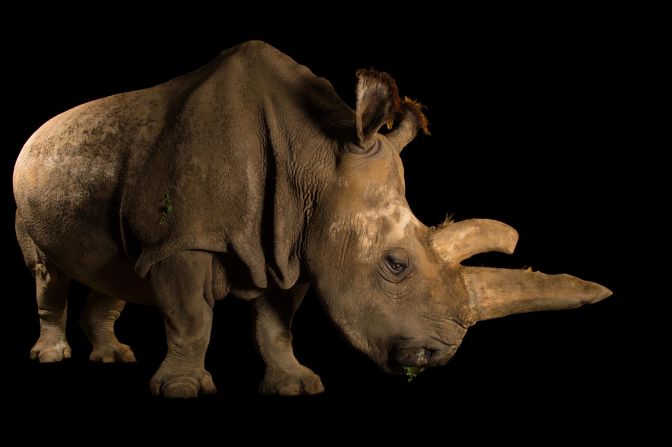
Sartore hopes that these evocative photos of creatures big and small will help inspire conservation action and wake people up to the crisis of extinction. According to the UN, a quarter of all species are threatened with extinction. Pictured here is Nabire, who -- before her death in 2015 -- was one of the last northern white rhinos left on Earth. Today, only two remain.
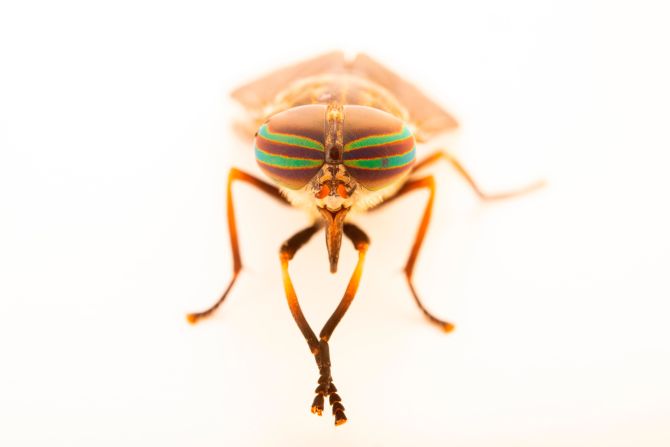
When choosing his subjects, Sartore does not discriminate. "Every species counts," he said, adding that he's photographed everything from a common mosquito to a rare rhino. Pictured here is a female horsefly, in Lincoln, Nebraska.
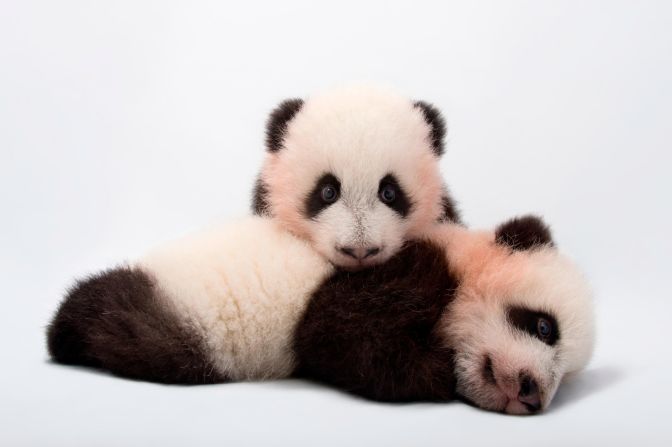
Sartore's style is distinctive. Rather than photographing animals in their natural habitat, he places them in front of stark white or black backgrounds. This eliminates distractions and accentuates eye contact -- which humans respond to, he says. Pictured here are Mei Lun and Mei Huan, twin giant panda cubs at Zoo Atlanta, Georgia.
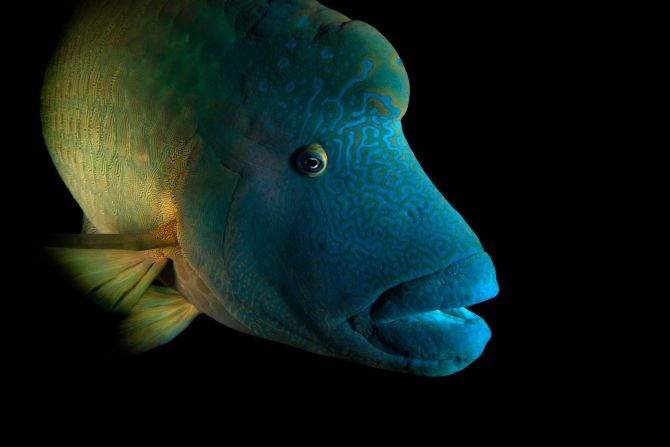
Sartore focuses on animals in captivity since it allows him to shoot in this studio style. He regularly visits zoos, aquariums, rehabilitation centers and private breeders to find his subjects. Pictured here is a humphead wrasse at the Dallas World Aquarium, Texas.
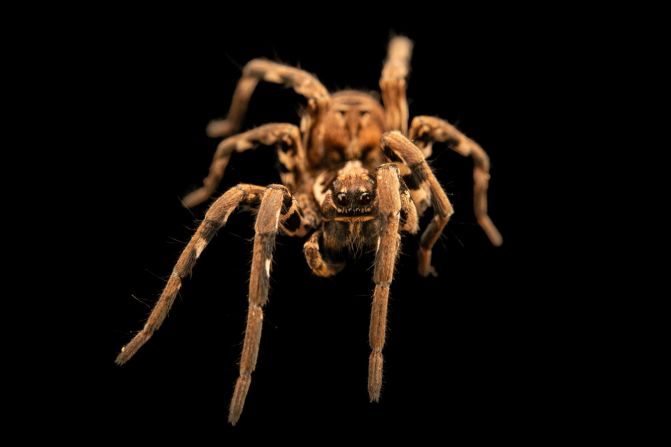
Some of the photos Sartore has taken are of animals that no longer exist in the wild. Others have never been photographed before, such as the tarantula wolf spider, pictured here at Verve Biotech, a biotechnology company in Nebraska.
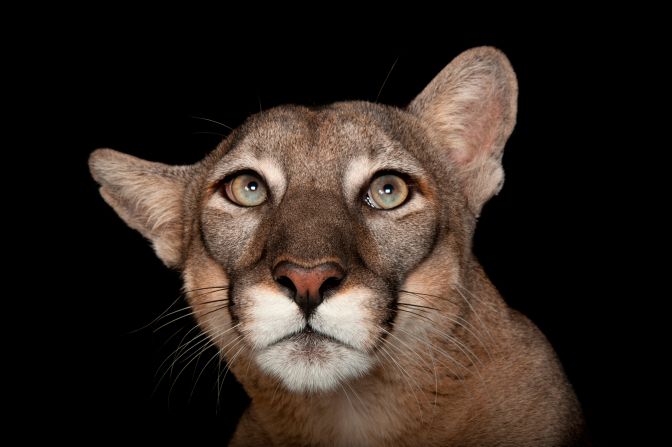
Sartore's studio photos of animals have won him a huge following. He has over 1.6 million followers on Instagram and has produced a series of bestselling Photo Ark books. This photo of Lucy, a Florida panther at Tampa's Lowry Park Zoo, is one of his favorites.
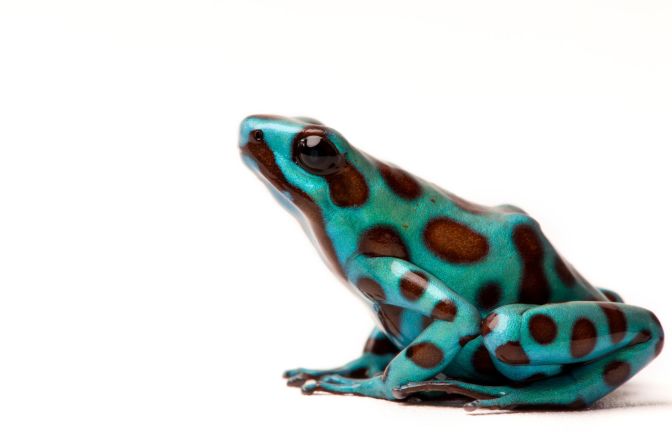
While big cats and primates often get the most publicity, Sartore makes sure there's a balance on his Instagram, and slips in the odd minnow or grasshopper among the furry charismatic mammals. Pictured here is a black and green poison dart frog in Everett, Washington.
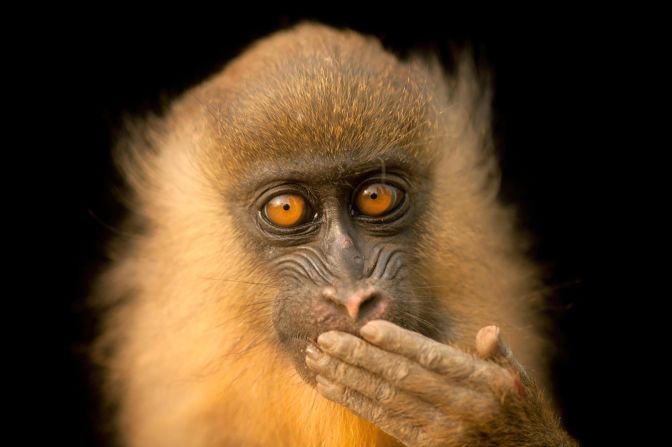
He hopes that this attention will translate into action. "The bottom line is that as we save these other species, we're saving ourselves," he said. Pictured here is a five-month-old mandrill in Malabo, Equatorial Guinea.
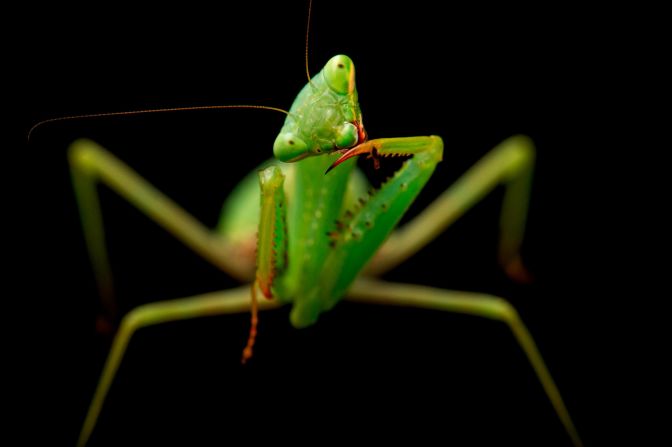
Sartore can see himself spending the rest of his life working on the National Geographic Photo Ark. "My job is to become a voice for all these animals, the small things that really keep the planet running. It's really at our own peril if we ignore them," he said. Pictured here is a springbok mantis at Auckland Zoo in New Zealand.


